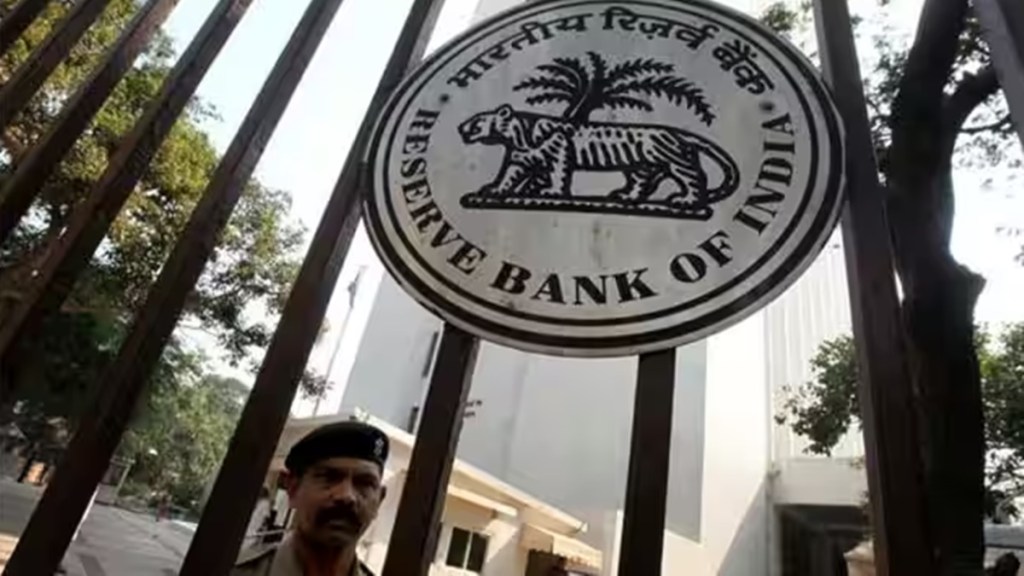By Saugata Bhattacharya
It was a foregone conclusion that the Monetary Policy Committee (MPC) would hold the policy repo rate—unanimously—at 6.5% and maintain the stance of policy “focused on withdrawal of accommodation”. However, hawkish messaging seems to have been ratcheted up in the RBI Governor’s statement, indicating some concern with the rising risk of high and persistent inflation. Phrases like the RBI has “identified high inflation as a major risk to macroeconomic stability”; “no room for complacency”; monetary policy remains “resolutely” focused on aligning inflation to the 4% target on a durable basis; and, for good measure, lest markets forget, that the target inflation is 4% and not 2-6%; populated the entire statement.
This emphasis on a restrictive stance continues despite, as a slight surprise, the FY24 CPI inflation forecast being maintained at 5.4%, and a significant drop in both the 3-month and 1-year ahead household inflation expectations in the September 2023 survey. In addition, the forecast assumption for the Indian crude oil basket has also been held mostly steady, at $85/barrel for the second half of FY24 (versus a realised $84.3 for the first). The major surprise was an explicit mention of the likelihood of Open Market Operations (OMO) sales of bonds to manage liquidity.
The hawkish tone is consistent with current global financial conditions becoming as uncertain—a matter of concern—as during the months of aggressive rate hikes in 2022. The triad of high oil prices, a strong dollar, and rising US yields has emerged once again, recreating the tight financial conditions of late 2022. Over the past month, global central banks have delivered either a “hawkish pause” or a “dovish hike” (China being an exception).
India’s GDP growth projection was maintained at 6.5%. The RBI recently said in its bulletin that the economy remains resilient, with “a steady gathering of momentum” since Q2FY23. High frequency economic indicators, while moderating, remain robust. Wages and salary increments in the formal sector were still high in Q1FY24. Manufacturing capacity utilisation (seasonally adjusted) had also improved in Q1FY24 versus Q4 FY23.
Yet, upside risks to inflation remain, with continuing demand resilience, and the prospect of multiple, overlapping supply shocks. Global food prices might rise due to the EL Nino effects, food export restrictions, and rising agricultural input costs. Despite the recent drop in oil prices, the energy demand-supply balance is likely to remain in deficit. The good news is that India’s core inflation has shown signs of softening, which will lead to a more durable fall in inflation—the RBI’s average forecast for FY25 is 4.5%, which indicates that the real repo rate will be 2%, probably higher than the “natural” rate consistent with the stage of the rate cycle in 2024. Although not a given, a possibility of rate cuts might begin to emerge. Other than interest rates, the RBI will have to manage additional variables for a coherent monetary policy response, consistent with the restrictive stance.
First, coming to management of system liquidity, excessive amounts are indicated as risks to price and financial stability. Although the pattern of inflows is unclear at present, India’s inclusion in the JP Morgan global bond index can be expected to draw in significant amounts of foreign portfolio capital, which will offset the usual seasonal outflows via cash. “Durable Liquidity”, which includes the Centre’s balances with the RBI, was at Rs 2.4 trillion as of September 8. A CRR hike and OMO bond sales are rival instruments to extract liquidity, should a large surplus build up. CRR is a non-discriminating instrument across banks. OMO sales will probably be more efficient in pricing the skewed distribution of liquidity positions among banks, as is the current situation, leading to the Call Money rates clustering near the upper end of the policy corridor.
Second, tightening global financial conditions and uncertainty about policy actions have affected most EME currencies, including the rupee. Exacerbating this is the expected weakness of the renminbi. Unwarranted volatility in the exchange rate interferes with the conduct of domestic monetary policy and impedes efficient transmission of policy signals. Liquidity management is only one of the multiple instruments the RBI has in order to manage the expected volatility, besides sufficient foreign exchange reserves.
The unrelenting message from the policy review is a “higher for longer” rate view, in line with the playbook of every major central bank (other than China). In India, factoring in inter alia the US Fed’s actions, the “inflation-growth” trade-off outlook decidedly pushes back prospects of a cut in the repo rate to well into FY25, if at all.
The writer is executive vice-president, Axis Bank
Views are personal
